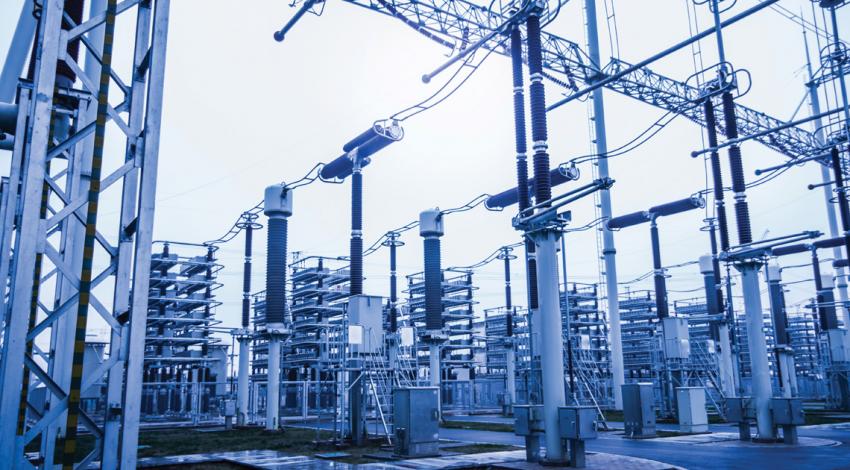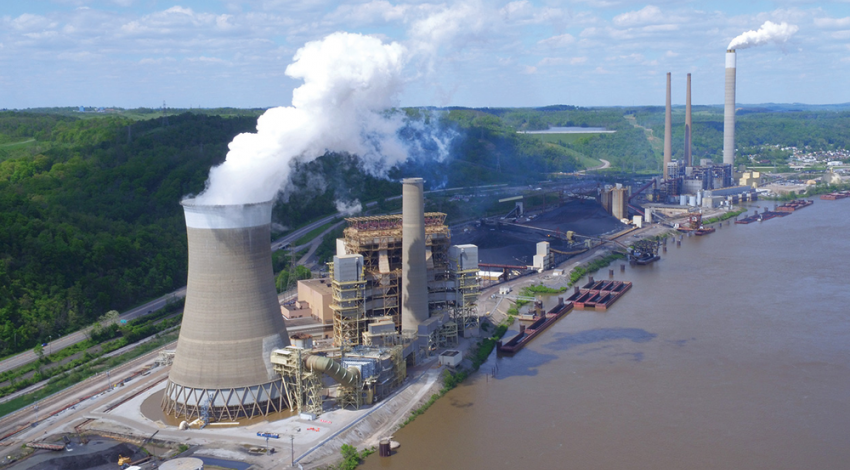Buckeye Power has been the generation and transmission supplier to Ohio’s electric cooperatives since 1968, producing electricity from power plants and delivering it across the high-voltage transmission network (or “grid”) to each of those 24 electric cooperatives. Throughout this long history, American Electric Power (AEP) has been a partner to Buckeye Power in the generation of electricity — first only at Cardinal Power Plant, but adding more facilities as time went on.
power generation
We are becoming all too familiar with the unpleasant reality of high inflation rates for nearly everything we buy. A significant factor in the higher cost of goods and services is the runaway price of most forms of energy — the price of crude oil, gasoline, natural gas, coal, and propane have all increased, by 30, 40, even 50% over the past year.
Judy Mercer was just sitting down with her family — all 16 of them — for Thanksgiving dinner in 2014 when the lights in their house near Wingett Run suddenly went dark.
“I’ve lived in the country my whole life, so honestly, I’m used to it,” Judy says. “We were actually thankful because we knew that there were linemen already out working on the problem even by the time we called it in, but that was when we got our generator.”
As it does every year, the flip of the calendar brings both opportunities and challenges, and while our challenges for the coming year are significant, the prospects for 2022 seem exciting. The importance of Ohio’s electric cooperatives getting it right — meeting our challenges and seizing those opportunities — is as important as it’s ever been.
This past year was one of transition. COVID-19 began to have less effect on our lives through the year as vaccines became available, and many businesses returned to more normal operations. The federal government underwent a shift in power between the parties and adjusted its focus to different priorities. The recovery in economic activity was hampered by shortages of materials and labor as businesses tried to recover production capacity and supply chains struggled to supply needed goods.
Over the last few months, Ohio Cooperative Living has taken a look at why we still need coal — an analysis of cost and reliability factors of different generation resources; a review of the sources of electricity used to power Ohio’s co-op member homes and businesses; an ex
ADDING TRANSMISSION
Hundreds of billions of dollars will be needed to build and upgrade the transmission system to carry more electricity from wind and solar. An MIT study found transmission capacity will need to be doubled, and recent transmission projects have taken as long as 17 to 20 years to complete.
As summer has ended and autumn is upon us, your electric cooperatives are making plans for next year.
In 2017, Ohio’s electric cooperative network launched the OurSolar statewide initiative that developed 23 community solar projects across the state. In total, the arrays can provide up to 2 megawatts of renewable energy, under ideal conditions. Consumer-member response to the new community-based solar farms and solar power subscription opportunities was clearly supportive. Panels available for subscription at many participating co-ops sold out almost immediately.
Buckeye Power, the generation and transmission cooperative that provides electricity to Ohio’s 24 electric cooperatives, produces safe, affordable, and reliable power using an all-of-the-above generation strategy.
Each potential generating resource — coal plants, solar panels, hydropower facilities, etc. — produces power at a different level of reliability, environmental impact, and cost, so the trick is to balance each factor in the generation mix to produce electricity in the safest, cleanest, most economical, and most reliable way possible.
That’s already a complicated task, because some of those factors tend to be at odds with one another. In recent times, another factor has added another twist to those generation decisions: consumer attitudes.
Producing electricity for the benefit of the communities we serve requires a continual balancing act among cost, reliability, and environmental impact. We take those often-competing objectives into account as we make decisions and take action.
Electric cooperatives’ decisions regarding the best way to meet your needs for electricity supply are tempered by thoughtful consideration of our responsibility to the nearly 1 million Ohioans whose lives and livelihoods depend upon both a healthy environment and the provision of affordable, reliable electricity. It’s a charge that we don’t take lightly.
















